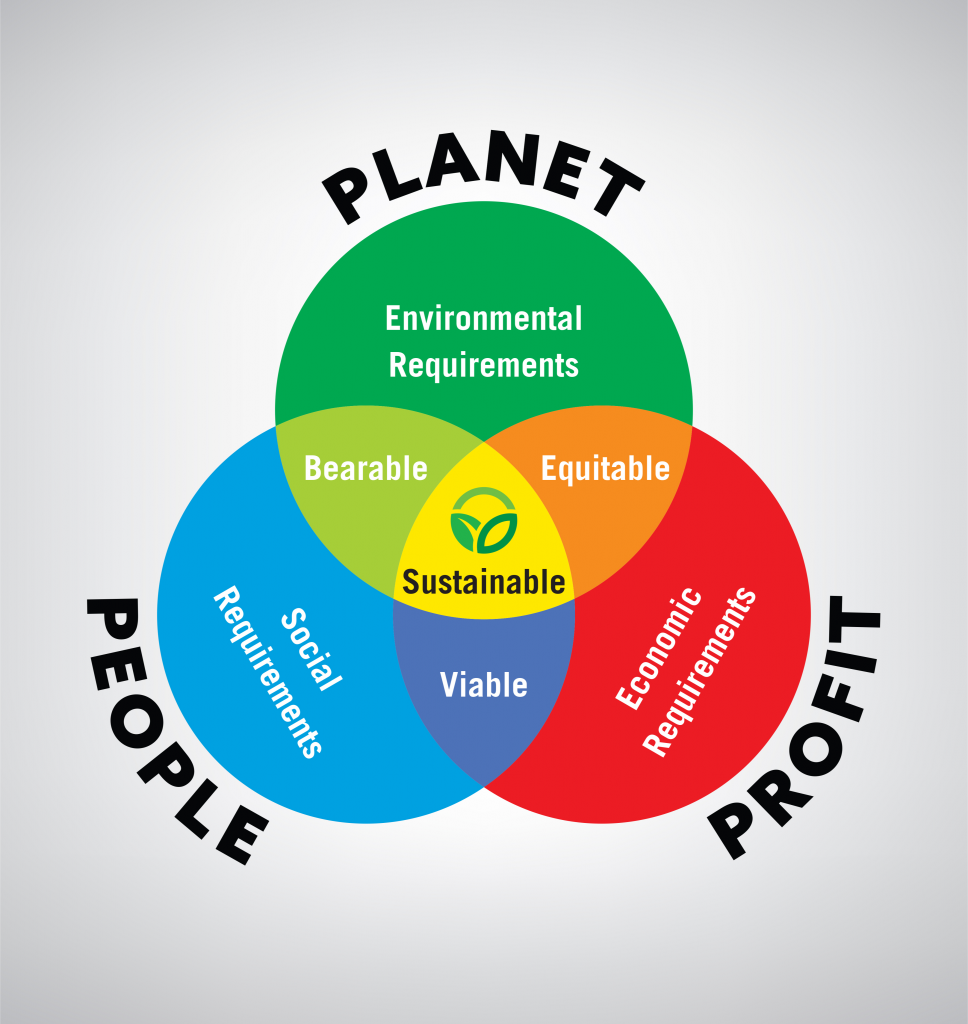Ultra Vires Acts: Why Nonprofits Must Follow Their Articles & Bylaws
Officers and directors of nonprofit corporations who ignore the articles of incorporation and bylaws are setting themselves up to to be on the losing side of a lawsuit.
Officers and directors of nonprofit corporations who ignore the articles of incorporation and bylaws are setting themselves up to to be on the losing side of a lawsuit.

The defining characteristic of a private foundation is donor control. Private foundations are usually privately created, funded, and operated by a single individual, family, or company. As a result, private foundations are generally not dependent upon the support of outside donors and are therefore not subject to the same degree of public scrutiny as public charities that depend on outside funding for their survival.

Monday was the deadline for small nonprofits to file overdue Form 990s or face loss of tax-exempt status. Notwithstanding Monday’s deadline , Internal Revenue Service (IRS) Commissioner Doug Shulman said the agency will do what it can for small charities to keep their exemptions in a statement released on Tuesday.

In 2003, the number of applications for exemption had gone up by over 40% with no corresponding increase in the number of IRS Exempt Organization employees. This motivated the IRS to consider how to streamline the application for exemption process to make processing easier for both the IRS and the applicant. The IRS invited a panel of experts from the nonprofit legal community to make recommendations to improve the application process. The panel’s key recommendation was that the IRS revive earlier plans to develop and fund an interactive online Form 1023 filing tool accessible through the IRS website known as the “Cyber Assistant.”
UPDATE: On May 7, 2010, IRS announced in IRS Exempt Organization Update 2010-11, that Cyber Assistant is delayed – no release this year.

As part of the Pension Protection Act passed in 1996, Congress added a new penalty for tax-exempt organizations that fail to file their annual return for three years in a row. Formerly, the only penalty was a monetary penalty. The new law has upped the ante to impose the ultimate penalty: loss of exemption. The penalty applies to organizations that fail to file Form 990, Form 990-EZ, as well as the relatively new Form 990-N. Form 990-N is a relatively new form that must be filed by tax-exempt organizations whose revenues normally fall below $25,000. Organizations that have their status revoked may apply for reinstatement based on reasonable cause for the failure to file. The first three year period is 2007 through 2009, which means that once the 2010 filing deadline passes for these forms (May 15, 2010 for tax-exempt organizations with calendar fiscal years), organizations that failed to file their Form 990s forms for those three years will automatically lose their tax-exempt status.

The benefit corporation concept has some similarities to the L3C model but is geared toward corporations rather than LLCs. Like the L3C, benefit corporations pursue a mission that goes beyond making a profit for owners and investors. Importantly, it also provides legal protection for board members that consider social and environmental issues when making decisions on behalf of the corporation.

An executive committee can be an effective governance tool, but not every board needs one. Executive committees should never ever replace the full board.

A common misconception among nonprofits is that they can’t lobby. In reality, this restriction applies only to private foundations, not public charities. Public charities are explicitly permitted to lobby so long as they adhere to limits.
The L3C, or Low Profit Limited Liability Company, is a new legal entity that can be legally formed in six jurisdictions. The concept started in Vermont and is quickly catching on in other states across the U.S. including Illinois.
How is it different from an LLC?
The L3C’s primary purpose is to conduct activities that further a charitable or educational purpose. Earning a profit is its secondary purpose. Traditional corporate law requires that the owners’ interests are exclusively economic. This has been interpreted to mean that corporate directors have a duty to maximize profits for the company’s owners to the exclusion of virtually any other consideration. The statutory framework of the L3C turns the traditional view of the fiduciary duty to maximize the economic return for a company’s owners on its head. Instead, the L3C statutes require the managers to pursue the accomplishment of a charitable or educational purpose. They can earn a profit while pursuing their mission, but earning a profit can’t be a significant purpose of the company.

Fritz Schumacher published Small is Beautiful – Economics as if People Mattered in 1973. According to The Times Literary Supplement, it is among the 100 most influential books published since World War II and rightfully so.
For the last 60 years or so our way of life has been based on the premise that so long as there is demand there will always be supply. Schumacher wisely challenges these assumptions when he writes that sustainability is an impossibility when we are, “assuming all the time that a man who consumes more is ‘better off’ than a man who consumes less”, in an environment with finite resources.
E. F. Schumacher is clear about what economics can do and what it can’t do. Mainstream economists divide humans into producers and consumers. As consumers, consuming more will always be in our self-interest. As producers, efficiency is to be desired above all else. This breaks down, Schumacher says, as soon as we realize that producers and consumers are the same people with the same desires.
Most states require you to register your organization if you solicit donations from their residents. Many states also require registration if your organization collects substantial or ongoing donations from their residents, even if you aren’t specifically targeting donors in that state. Download our comprehensive list of each state’s requirements.
Download our free guide to learn about the many elements needed to run a successful nonprofit organization, as well as how to avoid common pitfalls and mistakes.